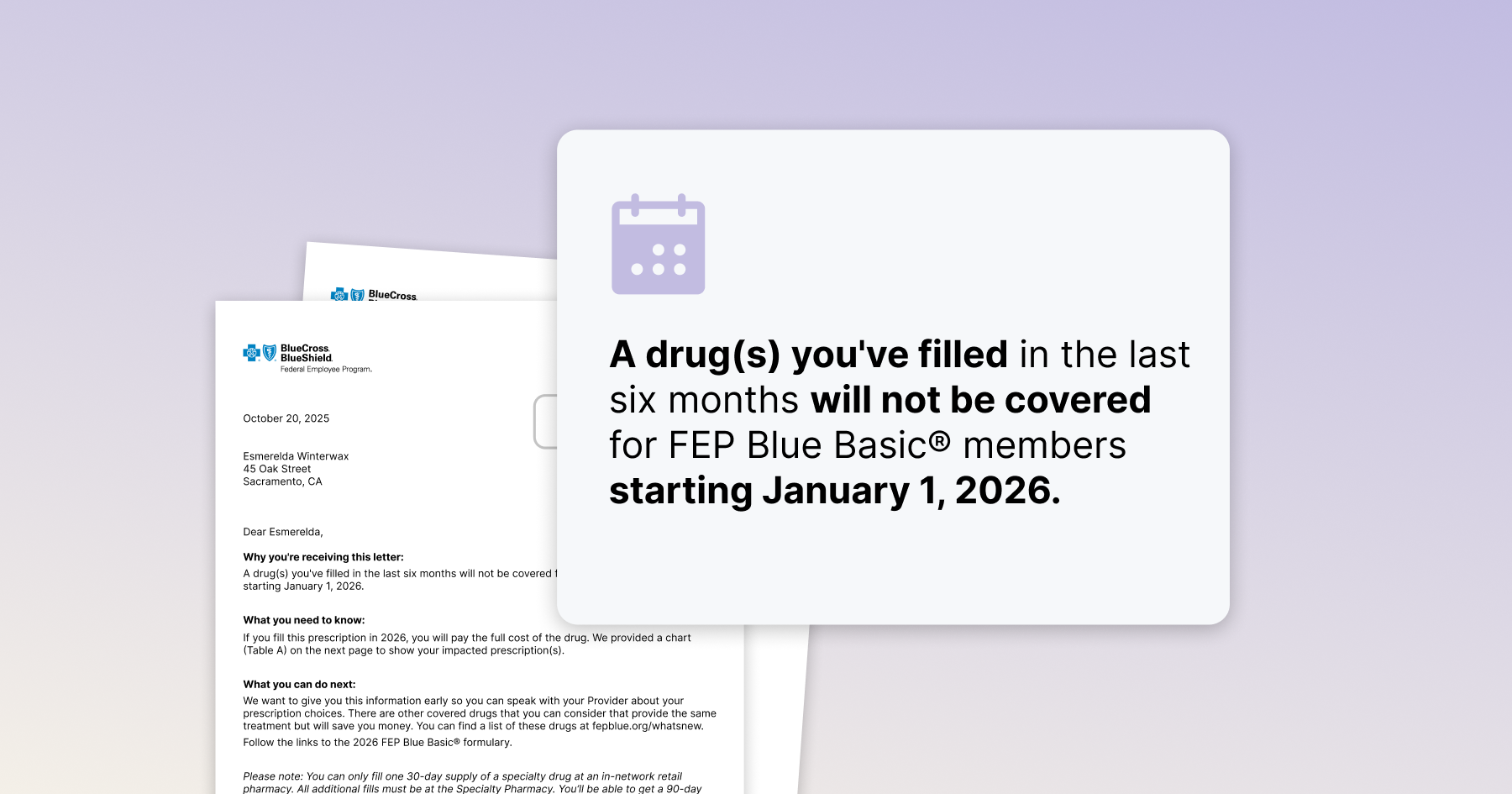Provider's Guide to: Mastering the Letter of Medical Necessity
We get asked all the time for tips on how to write an effective Letter of Medical Necessity (LOMN). It’s one of the most critical tools in challenging an insurance denial, yet many providers aren’t sure what makes a letter truly persuasive.
After reviewing hundreds—some that succeeded, others that failed—we started to see clear patterns in what works and what doesn’t. A well-crafted LOMN isn’t just about paperwork; it’s a powerful tool to make insurers recognize what providers already know: the treatments you prescribe aren’t optional, they’re necessary.
That’s why we put together this guide: to help providers make that case clearly, confidently, and successfully.
What is a Letter of Medical Necessity?
A LOMN is a formal document from the treating provider explaining why a treatment, medication, or service is medically necessary. It can serve as a provider appeal on its own or support a prior authorization request or patient appeal.
Why the Letter of Medical Necessity Matters
A LOMN can be the deciding factor in whether a patient gets the care they need.
When making coverage decisions, insurers often rely on reviewers with limited or no expertise in the condition, a history of concerning decisions, and no insight into the patient’s history—yet they make life-changing decisions in minutes. Investigations have shown that providers and patients who appeal more frequently face fewer denials over time. By challenging every unjust denial, you fight for your patient’s care today and help prevent future denials.
An effective LOMN establishes your authority as the treating provider, documents the patient’s relevant medical history, and presents clear clinical justification for why the treatment is essential—dramatically improving the chances of approval.
Let’s break down exactly what makes a LOMN effective—and how to write one that insurers can’t ignore.
How to Write a LOMN That Gets Results
When a prior authorization or appeal is needed, act quickly. A clear, structured LOMN can make all the difference. Here’s how to do it:
- Review the Criteria: Examine the insurer’s coverage criteria or the specific denial reasons to identify what must be addressed in the letter.
- Initiate the Process: Inform your patient that a LOMN will be part of the appeal and discuss any additional details that could strengthen or expedite the case.
- Gather Key Information: Gather medical records, clinical studies, and relevant guidelines to build a strong, evidence-backed argument.
Essential Components of an Effective LOMN
To ensure your LOMN is impactful, include these key sections:
- Introduction: Briefly state your credentials and role in the patient’s care to establish expertise. Highlight your direct involvement in diagnosis, treatment planning, and ongoing management.
- Diagnosis: Clearly state the diagnosis, how it affects daily functioning, and why specific codes matter. If applicable, note progression or complications that make timely treatment essential. Specify how the patient meets standard clinical criteria.
- Medical History: Summarize past treatments, including durations, outcomes, and why they were ineffective. If any treatments were discontinued, specify the reasons (e.g., side effects, lack of efficacy). Address needed exceptions to step therapy.
- Necessity of Treatment: Explain why this is the most appropriate (or only) option, considering medical necessity, patient-specific factors, and cost-saving benefits for patients and insurers/employers. (See example: CSRO Letter on White Bagging)
- Non-Standard Criteria: Call out insurer policies that use non-standard criteria that contradict clinical guidelines. For example, denying the only FDA-approved treatment for patients with rheumatoid arthritis or cancer.
- Supporting Evidence: Include relevant medical records, lab results, and imaging. Reference clinical guidelines and peer-reviewed studies to strengthen your case and ensure the latest research is on record for future appeals and legal action.
- Urgency: Highlight risks of delaying treatment, particularly if deterioration or irreversible harm is likely. If relevant, include studies showing long-term consequences of delayed care.
Did you know? You can request a 72-hour expedited appeal if a delay risks your patient’s health. Your LOMN must state the urgency and document at least one risk factor, such as hospitalization, severe pain, ongoing care, disability risk, or time-sensitive treatment. Some states, like Illinois, broadly define urgency, including impairments to maximal function.
Final Thoughts
An effective LOMN not only strengthens your patient’s appeal but reinforces your role as the expert on their care. It’s a powerful tool that forces insurers to recognize the real-world impact of their decisions. By laying out the necessity of treatment in clear, compelling terms, you make it harder for them to justify a denial. And by challenging every unjust denial, you help create accountability—making insurers less likely to deny necessary care in the future.
At Claimable, we believe everyone should get the care and coverage they deserve. That’s why we’ve built tools to help providers challenge denials faster and more effectively. If you’re ready to take control of the appeals process, join us.
Ready to empower your practice and transform how you handle appeals?
Sign-up now for more expert resources and join our community of forward-thinking providers.
Be the first to know
Get the latest updates on new tools, inspiring patient stories, expert appeal tips, and more—delivered to your inbox.
You're on the list!


